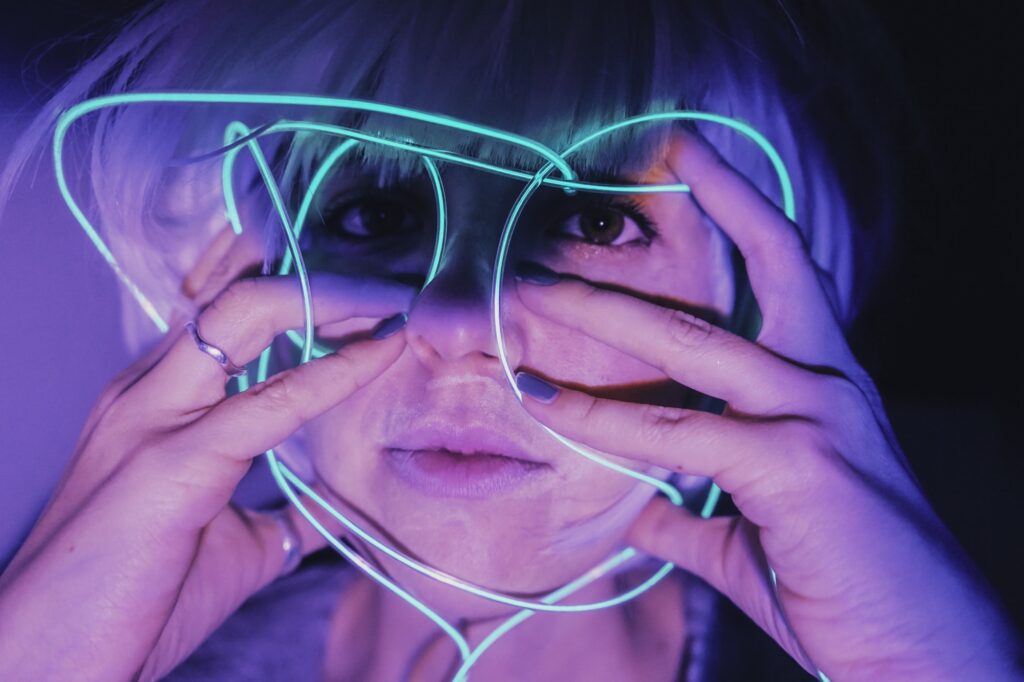Content creation is one of the most essential and challenging aspects of any business, whether it is for marketing, education, entertainment, or communication. Creating high-quality, engaging, and relevant content requires a lot of time, effort, and creativity, as well as a deep understanding of the target audience and the desired outcomes.
However, with the advent of generative artificial intelligence (AI), content creation is undergoing a radical transformation. Generative AI is a category of AI that can learn from existing data and generate new, realistic, and original content, such as text, images, audio, and video. Using neural networks, generative AI models can analyze existing data patterns and generate fresh and unique content that reflects the characteristics of the training data but does not repeat it.
Generative AI has the potential to revolutionize the world of content creation, by offering new possibilities, opportunities, and challenges for businesses and professionals. In this article, we will explore four ways that generative AI is changing the world of content creation, based on the latest research and expert opinions.

1. Generative AI can streamline and automate content creation
One of the most obvious benefits of generative AI is that it can streamline and automate content creation, saving time and money for businesses and professionals. Using natural language processing (NLP), generative AI can create large amounts of content quickly and accurately, allowing businesses to scale up their content creation faster than ever before. In addition to saving time and money, generative AI opens up new content marketing possibilities for brands.
For example, ChatGPT is a generative AI model that can produce human-like text based on a given prompt or context. ChatGPT can be used to generate various types of content, such as blog posts, product descriptions, social media posts, headlines, slogans, and more. ChatGPT can also be customized and fine-tuned to match the tone, style, and voice of a specific brand or domain.
Another example is DALL-E, a generative AI model that can create realistic images based on a text description. DALL-E can be used to generate various types of images, such as logos, icons, illustrations, animations, and more. DALL-E can also be used to create novel and imaginative images, such as a snail made of a harp, or a cube made of avocado.

2. Generative AI can enhance and augment human creativity
Another benefit of generative AI is that it can enhance and augment human creativity, by providing new sources of inspiration, feedback, and collaboration. Generative AI can help humans generate, evaluate, and refine ideas, products, and services, while humans can provide vision, direction, and feedback. Humans can also use generative AI as a medium, a platform, or a source of inspiration for their own creative and innovative endeavors.
For example, Bard is a generative AI model that can compose, perform, and remix songs, while human musicians can provide style, expression, and emotion. Bard can also help humans learn music theory, practice improvisation, and discover new musical genres. Bard is an experiment and may give inaccurate or inappropriate responses, but users can help make Bard better by leaving feedback.
Another example is Midjourney, a generative AI model that can create realistic and artistic images based on a text prompt or a sketch. Midjourney can be used to create various types of images, such as portraits, landscapes, abstract art, and more. Midjourney can also be used to create novel and imaginative images, such as a dragon made of flowers, or a city made of candy.

3. Generative AI can personalize and optimize content for different audiences and contexts
A third benefit of generative AI is that it can personalize and optimize content for different audiences and contexts, by using data and feedback to tailor the content to the preferences, needs, and goals of the users. Generative AI can help businesses and professionals deliver more relevant, engaging, and effective content, and improve customer satisfaction and loyalty.
For example, Studio Bot is a generative AI model that can help Android developers be more productive, by providing answers, solutions, and code snippets based on their questions and problems. Studio Bot can also help developers learn best practices, fix code errors, and optimize their apps. Studio Bot is in its very early days, and is being trained to become even better at answering questions and helping developers.
Another example is Google Workspace, a suite of cloud-based productivity and collaboration tools that use generative AI to create and enhance content, such as documents, spreadsheets, presentations, and emails. Google Workspace can help users write faster and better, by providing suggestions, corrections, and completions based on the context and the content. Google Workspace can also help users design and format their content, by providing templates, themes, and layouts based on the purpose and the audience.

4. Generative AI can create new forms and genres of content
A fourth benefit of generative AI is that it can create new forms and genres of content, by exploring, experimenting, and improvising with different possibilities, and producing novel, diverse, and high-quality outputs. Generative AI can help businesses and professionals discover new opportunities, markets, and audiences, and create unique and memorable experiences.
For example, Stable Diffusion is a generative AI model that can create realistic and artistic videos based on a text prompt or a video clip. Stable Diffusion can be used to create various types of videos, such as animations, documentaries, commercials, and more. Stable Diffusion can also be used to create novel and imaginative videos, such as a dancing elephant, or a flying car.
Another example is Google AI Studio, a platform that enables developers to integrate Gemini models with an easy and safe API, quickly develop prompts, and transform ideas into code to build generative AI applications. Google AI Studio can help developers create new forms and genres of content, such as games, stories, art, and more, using generative AI models such as ChatGPT, DALL-E, Bard, and Midjourney.
In Conclusion…
Generative AI is a powerful and promising technology that is changing the world of content creation, by offering new possibilities, opportunities, and challenges for businesses and professionals. Generative AI can streamline and automate content creation, enhance and augment human creativity, personalize and optimize content for different audiences and contexts, and create new forms and genres of content. Generative AI can also help businesses and professionals achieve their goals, such as increasing brand awareness, generating leads, improving customer satisfaction, and creating value.
However, generative AI also poses some risks and limitations, such as ethical, legal, and social implications, quality and reliability issues, and human-AI interaction challenges. Therefore, businesses and professionals need to be aware, informed, and responsible when using generative AI for content creation, and ensure that they use it for good and not evil.





